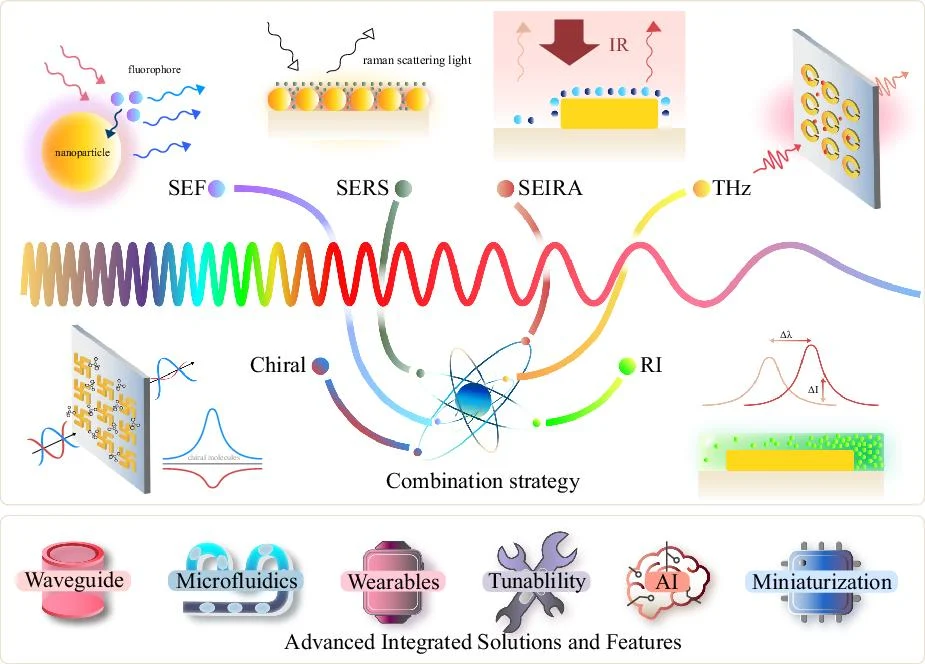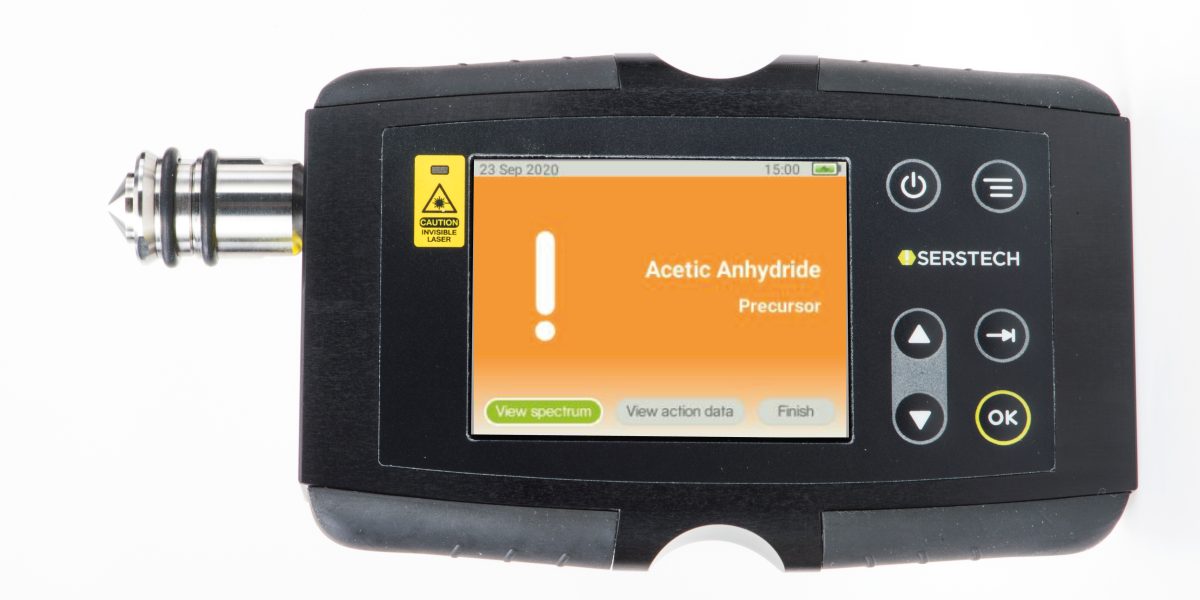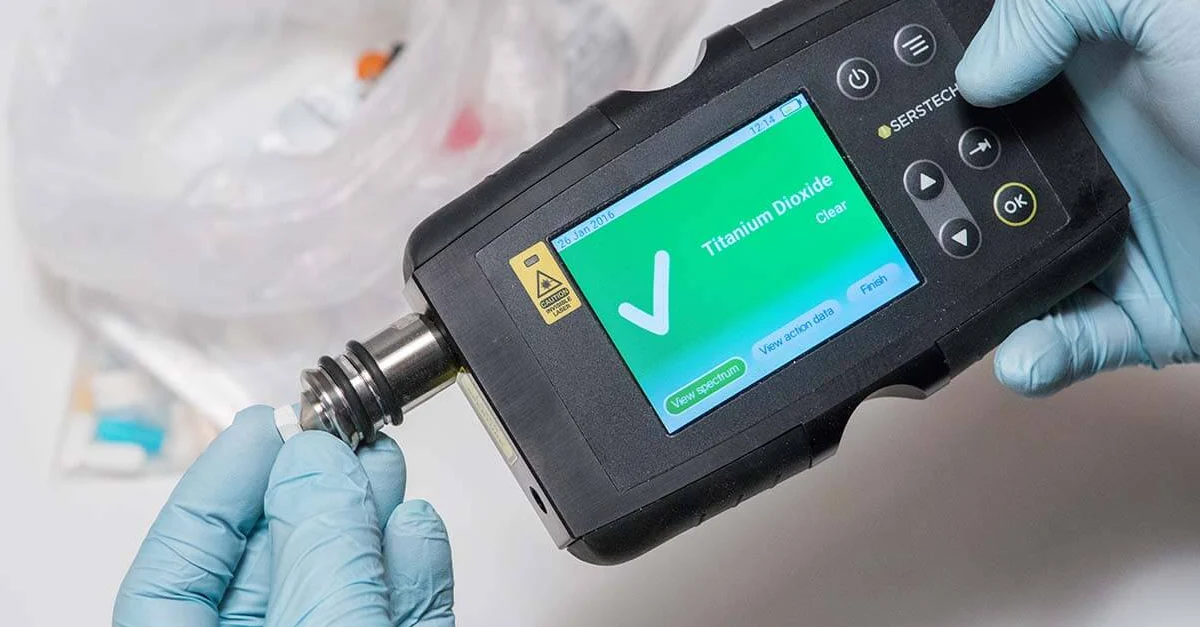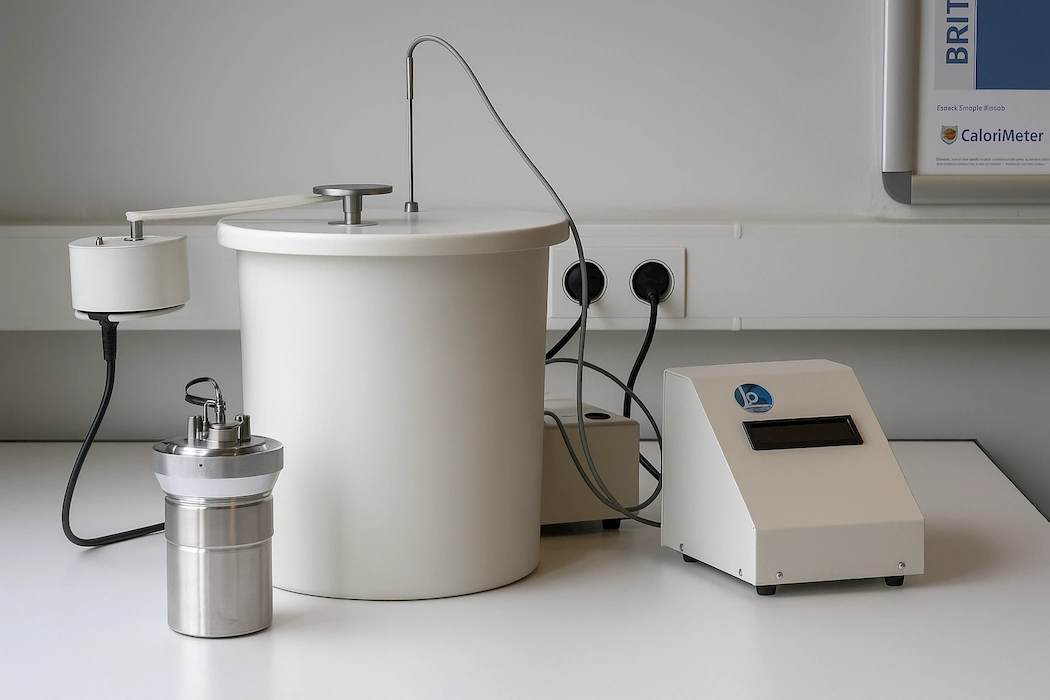Portable Raman spectrometers are transforming advanced material identification in Pharmaceuticals, Organic Chemistry Research Laboratories, Textiles, Chemicals, aerospace, electronics, and energy sectors. Learn about their applications, benefits, and future trends.
Introduction: The Rise of Portable Raman in Material Science
Advanced materials—from graphene and carbon nanotubes to high-performance polymers and metamaterials—are the backbone of modern innovation. Identifying these materials with precision is critical for quality control, research, and compliance. Enter portable Raman spectrometers: compact, handheld devices that bring lab-grade molecular analysis to the field. This blog explores how these tools are revolutionizing the identification and characterization of advanced materials across industries.
What Makes Portable Raman Spectrometers Unique?
Raman spectroscopy analyzes molecular vibrations by measuring the scattering of laser light. Portable systems retain this capability while offering:
- Mobility: Perform on-site analysis in factories, remote sites, or disaster zones.
- Non-Destructive Testing: Preserve sample integrity for rare or sensitive materials.
- Real-Time Results: Instant identification without lab delays.
- Ease of Use: Minimal training required for operators.
- Broad material compatibility
- Minimal sample preparation
Key Applications in Advanced Material Identification:
- Aerospace & Composites
- Carbon Fiber Analysis: Detect defects (e.g., voids, resin inhomogeneity) in aircraft components.
- Thermal Protection Systems: Verify ceramic matrix composites (CMCs) used in rocket engines.
- Case Study: NASA’s use of portable Raman to inspect heat shield materials during spacecraft maintenance.
- Electronics & Semiconductors
- 2D Material Characterization: Identify layer count and defects in graphene or MoS₂.
- Nanoparticle Verification: Ensure purity of quantum dots or conductive inks.
- Counterfeit Detection: Spot fake microchips by analyzing packaging polymers.
- Energy Storage & Renewables
- Battery Materials: Screen lithium-ion cathodes (e.g., NMC, LFP) for impurities.
- Solar Cells: Analyze perovskite stability and silicon wafer crystallinity.
- Hydrogen Fuel Cells: Detect catalyst degradation in proton exchange membranes.
- Additive Manufacturing
- Powder Quality Control: Verify metal alloys in 3D printing feedstocks.
- In-Situ Monitoring: Assess layer-by-layer material consistency during printing.

- Polymers and Composites
Portable Raman systems are extensively used to differentiate between polymer types, detect degradation, and ensure quality control in manufacturing processes involving plastics and composites.
- Pharmaceutical Solids and Polymorphs
In the pharmaceutical industry, Raman spectroscopy helps identify polymorphic forms of drugs and ensures formulation consistency. Portable devices enable testing at production lines or in remote clinical settings.
Portable vs. Benchtop Raman: When to Choose What
| Factor | Portable Raman | Benchtop Raman |
| Mobility | Ideal for field work and on-site audits | Restricted to lab environments |
| Sensitivity | Suitable for most industrial needs | Higher resolution for research |
| Cost | Lower upfront investment | Higher initial and maintenance costs |
| Sample Handling | Minimal preparation required | Often requires precise mounting |
Overcoming Challenges in Field Analysis:
-
-
- Fluorescence Interference: Use near-infrared (NIR) lasers or shifted excitation Raman difference spectroscopy (SERDS).
- Sample Heating: Adjust laser power to avoid damaging heat-sensitive materials.
- Data Interpretation: Pair devices with AI-driven software for automated spectral matching.
-
Future Trends in Portable Raman Technology:
-
-
- AI Integration: Machine learning algorithms for faster, error-free material identification. Emerging portable Raman systems are increasingly integrating AI-based spectral interpretation and cloud connectivity. This enables faster decision-making, remote collaboration, and automated data management—especially beneficial for multi-site operations or global R&D teams.
- Hybrid Systems: Combine Raman with LIBS or XRF for multi-modal elemental and molecular analysis.
- IoT Connectivity: Cloud-based databases for real-time collaboration and remote expertise.
- Miniaturization: Smartphone-sized devices with lab-grade accuracy.
-
Why Industries Are Adopting Portable Raman?
-
-
- Speed: Reduce downtime in manufacturing with instant results.
- Cost Savings: Eliminate shipping delays and lab fees.
- Sustainability: Minimize waste through precise material verification.
-
Conclusion: Portable Raman as a Game-Changer
Portable Raman spectrometers are no longer niche tools—they are essential for industries pushing the boundaries of material science. By enabling rapid, accurate, and non-destructive analysis, these devices empower engineers, researchers, and quality teams to innovate with confidence.
The versatility and accessibility of portable Raman spectrometers are unlocking new frontiers in material science. Whether it’s in a cleanroom, a mine, or a manufacturing facility, these handheld tools empower users with accurate and actionable insights into the materials shaping our future.




